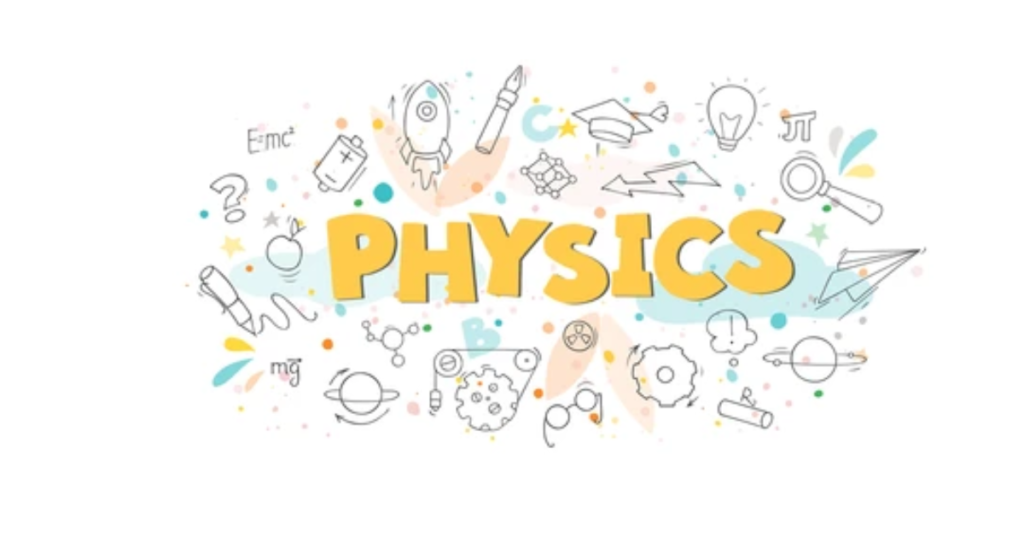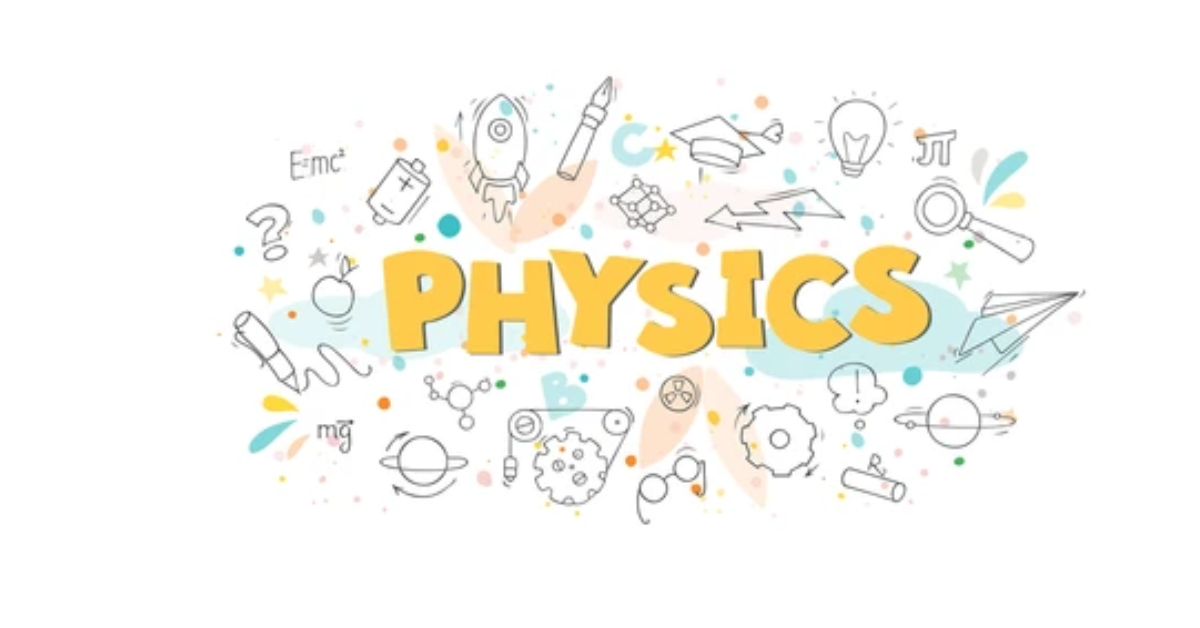Physics, often described as the foundation of all sciences, seeks to explain the fundamental forces and phenomena that govern the universe. From the quantum world of subatomic particles to the study of galaxies and black holes, physics continues to push the boundaries of human understanding. For students with a passion for unlocking the secrets of nature, choosing the best university to pursue a degree in physics is a critical decision.

What Defines a Top Physics Program?
The best universities for physics typically excel in several key areas:
- Research Facilities: Access to advanced labs, cutting-edge technologies, and significant funding allows students to participate in impactful, groundbreaking research.
- Distinguished Faculty: Top-tier universities often have faculty members who are Nobel laureates or world-renowned for their contributions to physics, offering students mentorship from some of the greatest minds in the field.
- Global Impact: Universities with a strong global reputation attract talent from around the world and engage in collaborations that lead to significant scientific advancements.
- Interdisciplinary Opportunities: Physics is a field that overlaps with many others, such as engineering, mathematics, and computer science. Leading universities often encourage students to explore these intersections through collaborative research and coursework.
With these factors in mind, let’s delve into the top universities for physics.
1. Massachusetts Institute of Technology (MIT)
Massachusetts Institute of Technology (MIT) is widely recognized as a leader in science and technology education, and its Department of Physics is no exception. The department’s strengths lie in both its theoretical and experimental research, with a particular emphasis on innovation and interdisciplinary collaboration.
- Research Strengths: MIT is renowned for its work in condensed matter physics, astrophysics, and quantum mechanics. Students can engage in research through the MIT Kavli Institute for Astrophysics and Space Research and the Plasma Science and Fusion Center.
- Notable Faculty: Many of MIT’s professors are leaders in their fields, and students benefit from their experience and insights. Numerous faculty members have been awarded Nobel Prizes for their groundbreaking work.
- Hands-On Learning: MIT places a strong emphasis on experiential learning, encouraging students to participate in hands-on research from early in their academic careers.
2. Stanford University
Stanford University’s physics department combines a rigorous academic program with the opportunity for students to engage in cutting-edge research. Its location in Silicon Valley gives students unparalleled access to tech industry partnerships and resources, offering unique opportunities for collaboration and innovation.
- Key Research Areas: Stanford is home to the SLAC National Accelerator Laboratory, a world-class facility that focuses on particle physics, materials science, and accelerator technology. The university excels in experimental physics, particularly in fields such as astrophysics, quantum computing, and biophysics.
- Interdisciplinary Collaboration: Stanford encourages interdisciplinary work, and physics students often collaborate with engineers, computer scientists, and biologists on complex projects. This cross-disciplinary approach opens new avenues of research and innovation.
- Industry Connections: Being in Silicon Valley, Stanford offers students access to partnerships with tech giants like Google and Microsoft, enhancing opportunities for internships and industry-based research.
3. Harvard University
Harvard University is home to one of the most prestigious physics programs globally. Known for its emphasis on theoretical physics, Harvard also offers numerous opportunities for experimental research, creating a well-rounded education for students at all levels.
- Focus on Theoretical Physics: Harvard’s physics department is known for its contributions to theoretical work in quantum mechanics, string theory, and cosmology. Faculty members like Lisa Randall and Cumrun Vafa are among the world’s most influential theorists.
- Experimental Research Opportunities: While Harvard’s program is known for its theoretical work, it also boasts several facilities for experimental physics, including the Center for Nanoscale Systems, where students can work on cutting-edge nanotechnology research.
- Collaborative Environment: Harvard fosters collaboration across disciplines, with students often working with peers from fields like biology, chemistry, and computer science on interdisciplinary research projects.
4. University of Cambridge
The University of Cambridge, one of the oldest and most prestigious universities in the world, has a long tradition of excellence in physics. Its Cavendish Laboratory has been at the forefront of scientific discovery since its founding in 1874, producing notable discoveries such as the electron and neutron.
- Historical Legacy: Cambridge has been home to some of the most significant discoveries in the history of physics. The tradition of innovation continues today, with the university conducting leading research in areas like astrophysics, high-energy physics, and quantum materials.
- Top Research Facilities: The Cavendish Laboratory remains a hub for scientific inquiry, providing students with access to advanced research facilities and mentorship from top physicists.
- International Collaboration: Cambridge’s strong global reputation makes it a magnet for international collaboration, allowing students to participate in major projects like the Large Hadron Collider at CERN.
5. California Institute of Technology (Caltech)
Caltech is known for its rigorous, research-focused approach to education, and its physics department is a powerhouse of innovation. With its small student body, Caltech offers a highly personalized educational experience, giving students direct access to top-tier faculty and advanced research projects.
- World-Class Research: Caltech is a leader in theoretical and experimental physics, particularly in fields such as quantum physics, cosmology, and gravitational waves. The university played a pivotal role in the detection of gravitational waves at the LIGO facility.
- Faculty Expertise: Caltech’s faculty includes some of the most respected physicists in the world, offering students mentorship and guidance in their academic pursuits. The university’s small class sizes foster close relationships between students and faculty.
- Interdisciplinary Opportunities: Caltech’s collaboration with NASA’s Jet Propulsion Laboratory (JPL) offers students unique opportunities to engage in space exploration research, adding another dimension to the university’s already diverse research landscape.
6. University of Oxford
The University of Oxford, much like Cambridge, boasts a storied tradition of academic excellence. Its Department of Physics has long been a leader in the field, with a reputation for both rigorous academic training and cutting-edge research.
- Research Specializations: Oxford excels in fields like particle physics, astrophysics, and condensed matter physics. The university’s involvement in projects such as the Large Hadron Collider underscores its commitment to advancing scientific knowledge.
- Strong Academic Tradition: Oxford’s physics program is known for its academic rigor, preparing students for careers in both academia and industry. The university’s tutorial system offers personalized learning, allowing students to work closely with leading physicists.
- International Collaborations: Oxford maintains partnerships with research institutions around the world, enabling students to engage in international research projects that shape the future of physics.
7. Princeton University
Princeton University’s Department of Physics is known for its excellence in both theoretical and experimental research. The university’s focus on fusion energy and plasma physics sets it apart from other institutions, providing students with unique opportunities to work on real-world energy challenges.
- Research Excellence: Princeton’s Princeton Plasma Physics Laboratory (PPPL) is one of the leading research centers for fusion energy and plasma physics in the world. Students have the opportunity to contribute to this groundbreaking research, which has significant implications for the future of energy production.
- Theoretical and Experimental Balance: Princeton offers a balanced program that covers both theoretical and experimental physics. From quantum mechanics to materials science, students can specialize in a wide range of subfields.
- Post-Graduation Success: Princeton physics graduates are highly sought after by both academia and industry. Many go on to hold influential positions in research institutions, universities, and private industry.
Conclusion
The best universities for physics—MIT, Stanford, Harvard, Cambridge, Caltech, Oxford, and Princeton—offer unparalleled academic experiences, combining world-class research, distinguished faculty, and state-of-the-art facilities. For students passionate about understanding the laws that govern the universe, these institutions provide the tools and opportunities needed to explore new frontiers in science.
